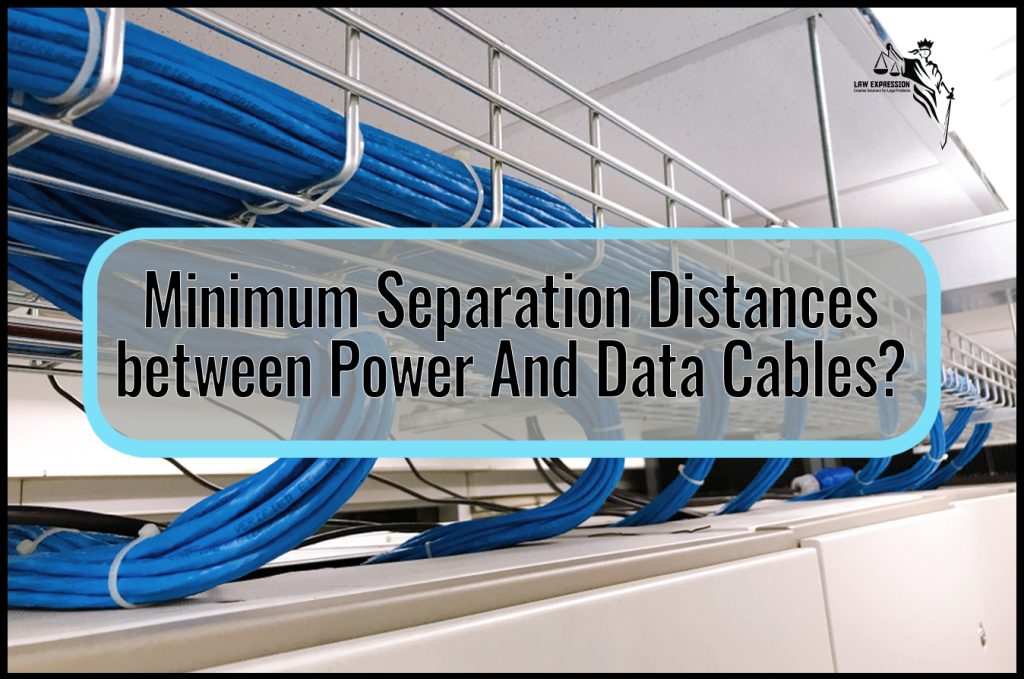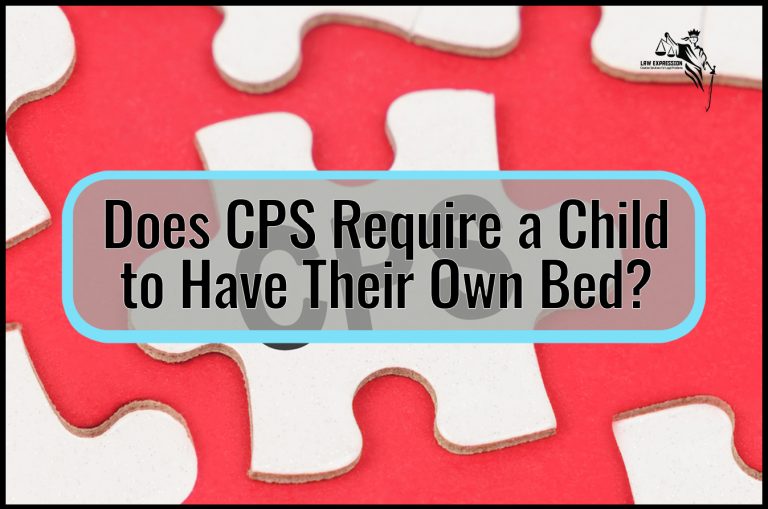Minimum Separation Distances between Power And Data Cables?
Are you wondering what the minimum separation distances are between power and data cables? If so, you’re in the right place. In this blog post, we’ll discuss the minimum separation distances between power and data cables, as well as some tips on how to keep your cables organized.
So, what are the minimum separation distances between power and data cables? The answer may surprise you – there is no definitive answer. It depends on a number of factors, such as the type of cable, the voltage of the power cable, and the environment in which the cables are installed.
That said, there are some general guidelines that can help you determine the appropriate separation distance for your particular application.
Data Center power data cable separation
There are a few things to consider when determining minimum separation distances between power and data cables. The first is the type of insulation on the cables. If the insulation is made of a material that is not affected by electromagnetic fields, then the separation distance can be much smaller.
However, if the insulation is made of a material that is susceptible to electromagnetic interference, then the separation distance must be greater. The second thing to consider is the amount of current flowing through the cables. The more current that flows through the cables, the greater the magnetic fields will be.
Therefore, it is important to keep this in mind when determining minimum separation distances. Finally, it is also important to consider what kind of environment the cables will be installed in. If the environment is particularly dirty or dusty, then it might be necessary to increase the minimum separation distance between power and data cables.
The Separation between Power And Communication Underground
In the early days of electrical power distribution, it was common for both the power and communication lines to be placed together in a single underground conduit. However, as the demand for electricity increased and the voltage levels rose, it became apparent that this arrangement posed a serious fire hazard. In response, utilities began to require that their power and communication lines be separated into different conduits.
Today, most jurisdictions have adopted this requirement, and it is now standard practice to install power and communication lines in separate underground conduits. This separation helps to ensure public safety by preventing fires from spreading between the two sets of lines. It also allows maintenance crews to work on one set of lines without affecting the other.
Can I Run Data Cable Next to the Electrical?
You can run the data cable next to the electrical as long as you take the proper precautions. Make sure that the data cable is properly shielded and rated for the environment it will be in. Also, make sure that the electrical conduit is properly grounded.
How Far Apart Should Cat6 Be from Electrical Wire?
If you’re running Cat6 cable alongside electrical wiring, you’ll need to be sure to follow the appropriate clearances. The National Electrical Code (NEC) requires that electrical wiring and non-electrical cables be separated by at least 2 inches in order to avoid interference. However, if you’re running your Cat6 cable next to electrical wiring that’s enclosed in a conduit, you can have the two side-by-side as long as they’re not touching each other within the conduit.

Can Data And Power Be in the Same Box?
Can data and power be in the same box?
The answer is yes, data and power can absolutely be in the same box. In fact, it’s quite common for them to be.
Power supplies often have multiple outputs for both data and power, which means they can go into the same box as your other components.
There are a few things to keep in mind when putting data and power into the same box, though. First, you need to make sure that the power supply is properly grounded.
This will prevent any unwanted interference with your data signals. Second, you need to make sure that the power supply has enough amperage to handle all of the devices in your system. If not, you could end up damaging your equipment or causing an electrical fire.
Other than those two considerations, there’s no reason why you can’t put data and power into the same box. Just use common sense and follow basic safety precautions and you should be fine.
Why Do We Separate Power And Data Cables?
There are two main reasons for separating power and data cables. The first reason is that it minimizes interference between the two types of signals. Power cables can emit electromagnetic fields that can interfere with data signals, so separating the two types of cables helps to reduce this type of interference.
The second reason for separating power and data cables is safety. If there is a short circuit or other problem with a power cable, it can pose a serious safety hazard. Data cables, on the other hand, usually don’t carry enough current to pose a safety hazard if they short out.
So by keeping power and data cables separate, you can help to avoid any potential safety issues.
Conclusion
When it comes to power and data cables, there are minimum separation distances that need to be observed in order to ensure safe and reliable operation. These minimum separation distances vary depending on the type of cable and the voltage involved. For example, the minimum separation distance between power and communications cables at voltages below 300 volts is 50 mm (2 inches).

